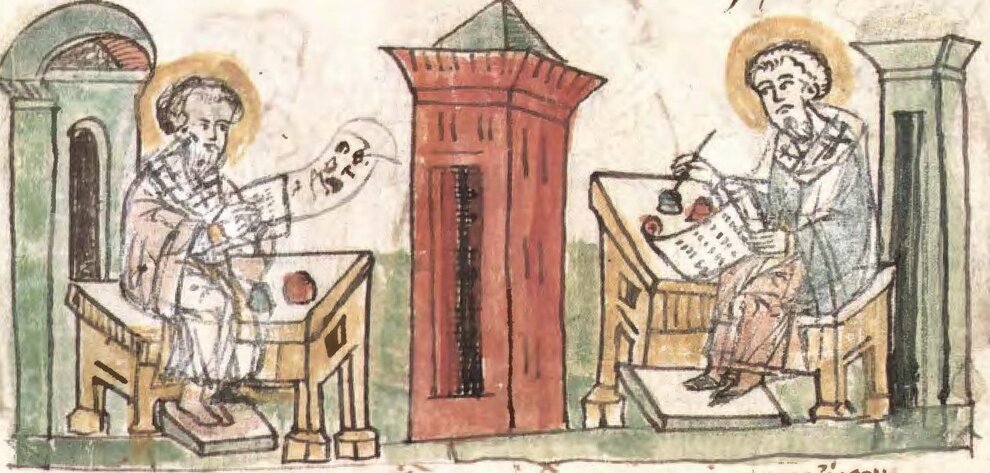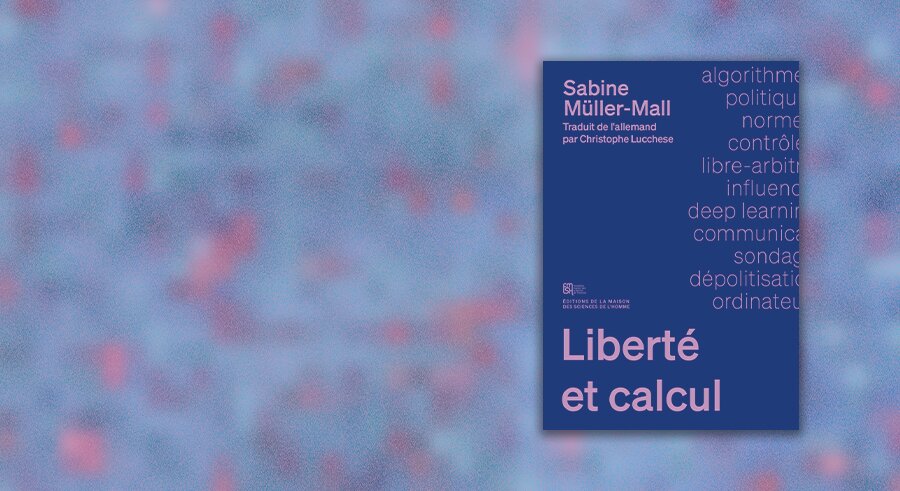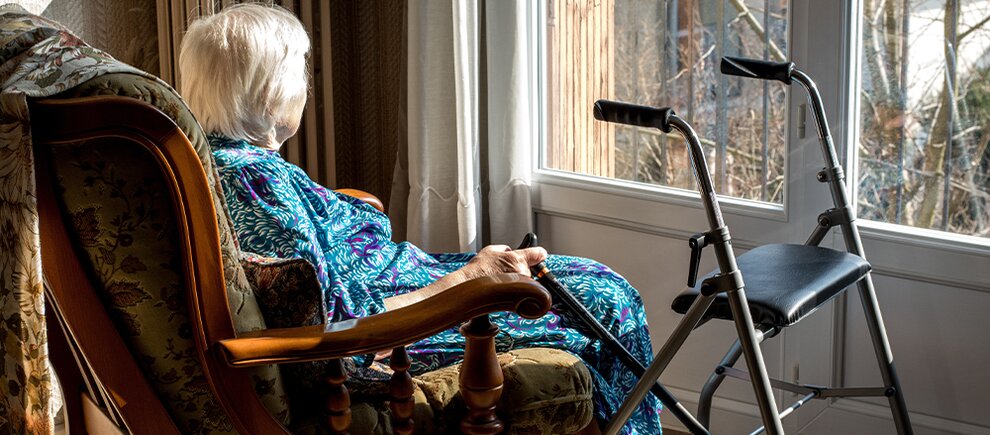Photographs of political life in Russia after February 24, 2022
October 17 | Denis Skopin Seminar
Thursday
17
October
2024
6:00 pm
7:30 pm
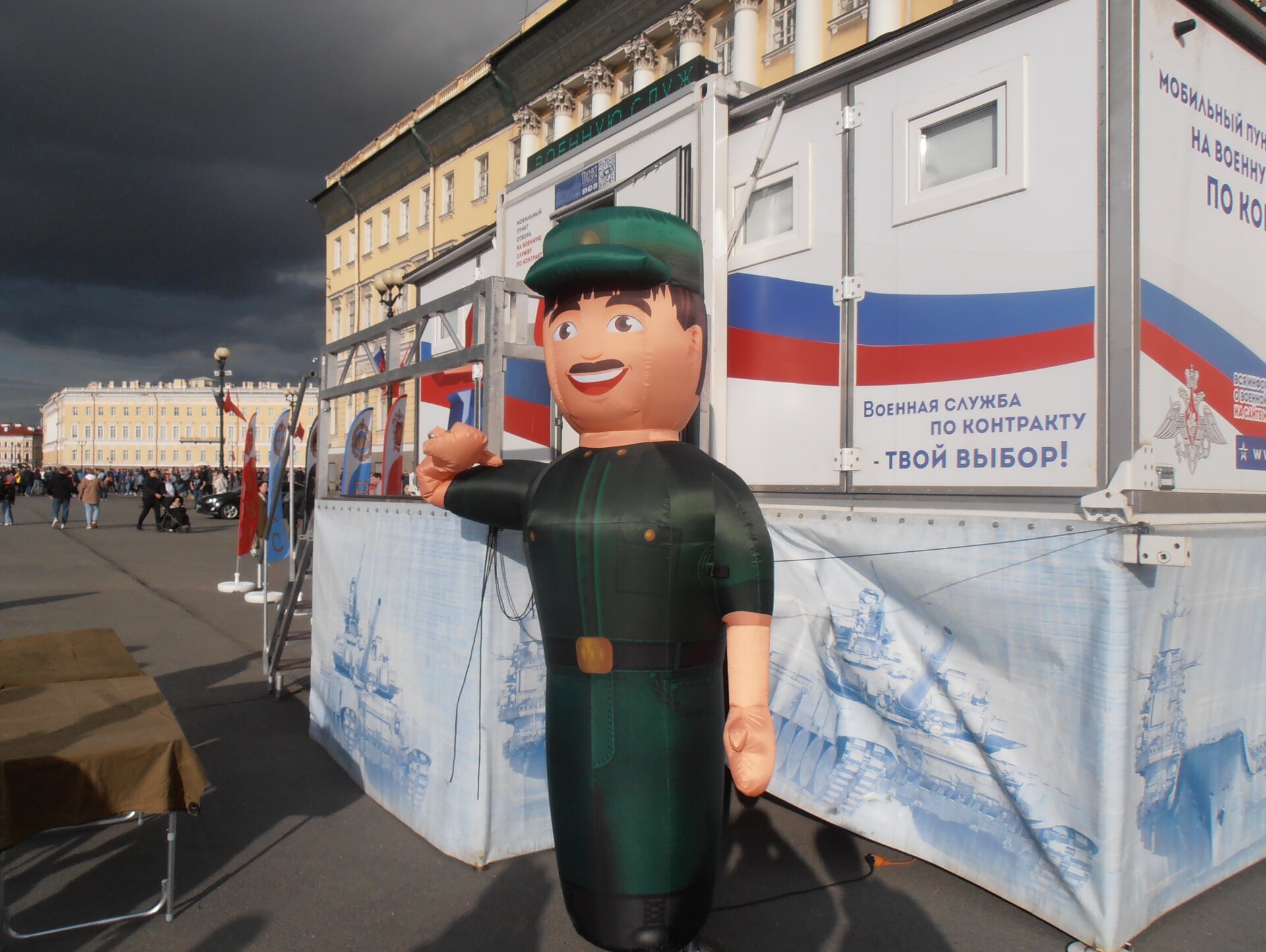
Published at 9 October 2024

